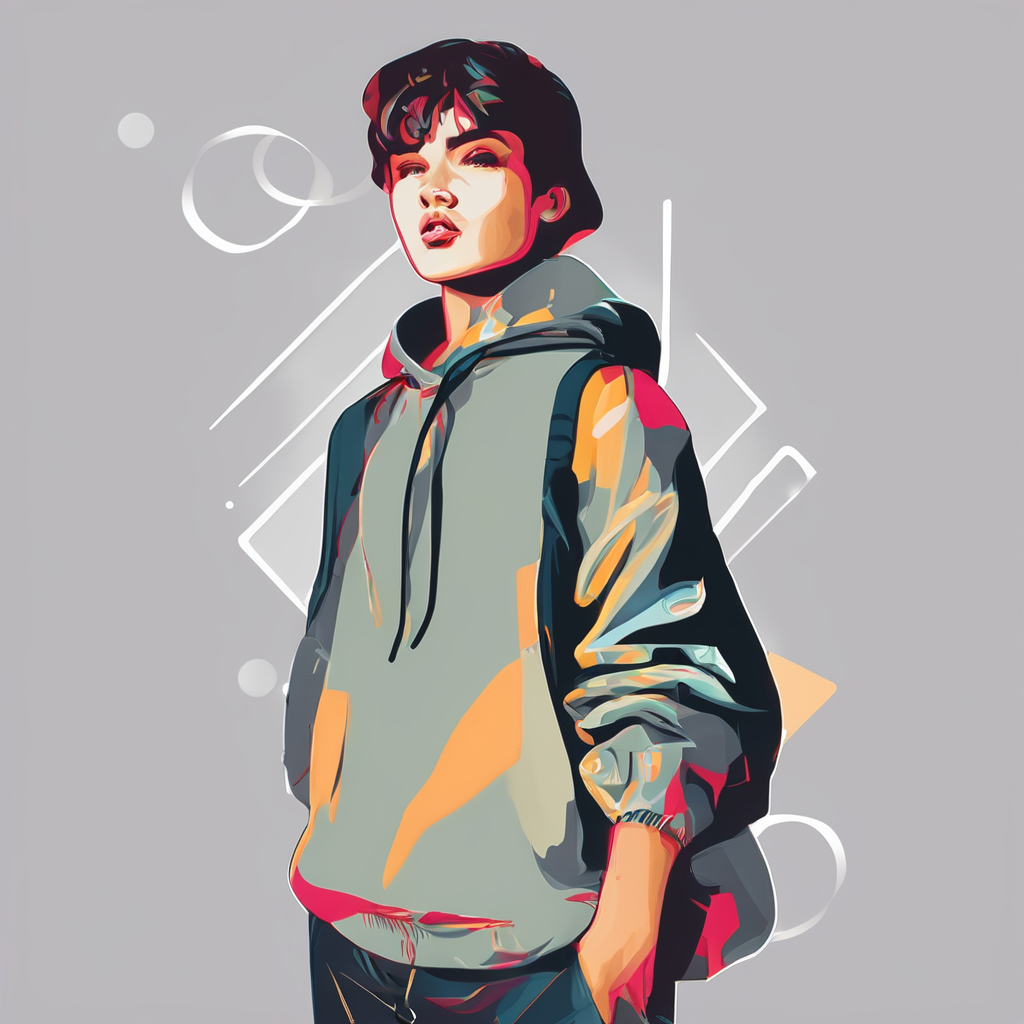Evolution of UK Women’s Fashion: Key Movements and Influences
The history of UK women’s fashion is a rich tapestry woven through centuries of social, political, and cultural change. Key movements such as the Victorian era’s strict corsetry gave way to the liberating flapper styles of the 1920s, reflecting shifts in women’s societal roles. Each epoch introduced new silhouettes and attitudes, directly influenced by the prevailing cultural dynamics.
Cultural influences have consistently shaped UK fashion. Post-war austerity birthed utility clothing, emphasizing functionality and resourcefulness, while the swinging sixties embraced bold prints and youthful rebellion, propelled by icons like Twiggy. These figures did more than just model trends; they symbolized shifts in identity and freedom, encouraging women to express themselves through attire.
In parallel : Exploring the impact of british fashion trends on women’s personal style choices
Over time, British fashion adapted to ongoing social movements. The punk wave of the 1970s, for example, challenged tradition with DIY aesthetics and anti-establishment messaging, leaving an indelible mark on street style. Throughout this evolution, UK women’s fashion has not only mirrored cultural changes but also actively participated in shaping them, illustrating a dynamic relationship between style and society. Understanding this history is essential for appreciating today’s fashion landscape in the UK.
Evolution of UK Women’s Fashion: Key Movements and Influences
The UK women’s fashion history is marked by distinct fashion movements that reflect evolving cultural and social dynamics. One of the earliest milestones was the Victorian era’s focus on rigid corsetry, symbolizing strict social hierarchies. The subsequent 1920s flapper style revolutionized women’s dress, introducing lighter fabrics and free-flowing silhouettes that mirrored a desire for liberation and change.
Also read : Exploring the impact of historical uk women’s fashion on today’s trends
Cultural influences have been powerful drivers of style evolution throughout this history. The post-war period, for instance, ushered in utility clothing emphasizing practicality over extravagance, a direct response to wartime austerity. Later, the swinging sixties embraced youth culture and experimentation with bold prints and mod styles, heavily influenced by emerging music and art scenes.
Notable fashion icons also played vital roles in shaping UK women’s fashion trends. Figures like Twiggy encapsulated the spirit of their times, popularizing new looks that challenged previous norms. Punk icons of the 1970s further disrupted traditional fashion with rebellious, DIY aesthetics, marrying fashion with political statements.
Understanding how these fashion movements intertwine with cultural influences offers valuable insight into the continuous transformation of UK women’s fashion, highlighting its role as both a reflection and catalyst of wider societal change.
Evolution of UK Women’s Fashion: Key Movements and Influences
The UK women’s fashion history showcases a complex progression shaped by diverse fashion movements reflecting the nation’s social fabric. Early on, restrictive Victorian silhouettes echoed societal hierarchies; later, the roaring twenties embraced liberated, fluid styles signaling women’s advancing social roles.
Cultural influences have continuously steered these changes. For example, the aftermath of World War II introduced utility clothing focused on function and frugality, a direct response to economic hardship. By contrast, the 1960s brought the swinging youth culture to the fore, with vibrant prints and avant-garde designs symbolizing rebellion and new freedoms.
Fashion icons, pivotal within this timeline, lent personal identity to broad societal shifts. Twiggy, with her androgynous look, exemplified sixties’ trends while punk pioneers of the 1970s injected raw DIY energy, influencing not only aesthetics but attitudes towards traditional norms.
This interplay of fashion movements and cultural influences illustrates how UK women’s fashion history is more than mere style—it’s a mirror and motor of social transformation. Each change in silhouette or fabric echoes deeper cultural currents, making the study of this evolution essential for understanding the broader narrative of UK society and female identity.
Evolution of UK Women’s Fashion: Key Movements and Influences
The UK women’s fashion history is characterized by distinct fashion movements that mirror social changes and cultural influences. Key milestones include the Victorian era’s rigid corsetry, reflecting strict societal roles, followed by the flapper styles of the 1920s that symbolized newfound freedom for women. These shifts demonstrate how fashion serves as both marker and agent of change.
Cultural and social dynamics have deeply impacted style evolution in the UK. The post-war introduction of utility clothing prioritized practicality amid scarcity, while the 1960s’ youth-driven mod and psychedelic styles expressed rebellion against traditional norms. These trends arose not only from artistic exploration but also from broader social sentiments, further reinforcing fashion’s connection to cultural identity.
Notable fashion icons played crucial roles in shaping trends by embodying and popularizing these evolving aesthetics. Models like Twiggy popularized the androgynous, youthful look of the sixties, while punk figures in the 1970s challenged established conventions with DIY rawness. Their influence demonstrates how individual personas can propel fashion movements by capturing the spirit of their times.
Together, these elements of UK women’s fashion history emphasize that fashion is a dynamic reflection of social and cultural transformation—not merely clothing, but a dialogue with history and society.
Evolution of UK Women’s Fashion: Key Movements and Influences
The UK women’s fashion history is punctuated by pivotal fashion movements that reflect profound cultural influences. From the restrictive Victorian corsetry symbolizing social order to the fluid flapper dresses of the 1920s embodying female emancipation, each era’s style responded directly to societal shifts. These historical milestones illustrate how women’s dress has been both a product and a catalyst of changing norms.
Cultural and social dynamics continuously shaped style evolution. For example, post-World War II utility clothing emphasized practicality, mirroring economic austerity and a collective focus on rebuilding. The 1960s’ vibrant youth culture introduced bold prints and mod silhouettes, driven by a desire to break free from tradition and assert individuality. These movements demonstrate fashion as a visual language expressing broader cultural sentiments.
Notable fashion icons further propelled these trends. Twiggy’s androgynous look in the sixties captured the spirit of youthful rebellion, while punk pioneers of the 1970s challenged conventional aesthetics through DIY ethos, reflecting a political edge. Their influence illustrates how personalities can embody and accelerate fashion movements, reinforcing how UK women’s fashion history intertwines closely with evolving cultural influences and social identity.



